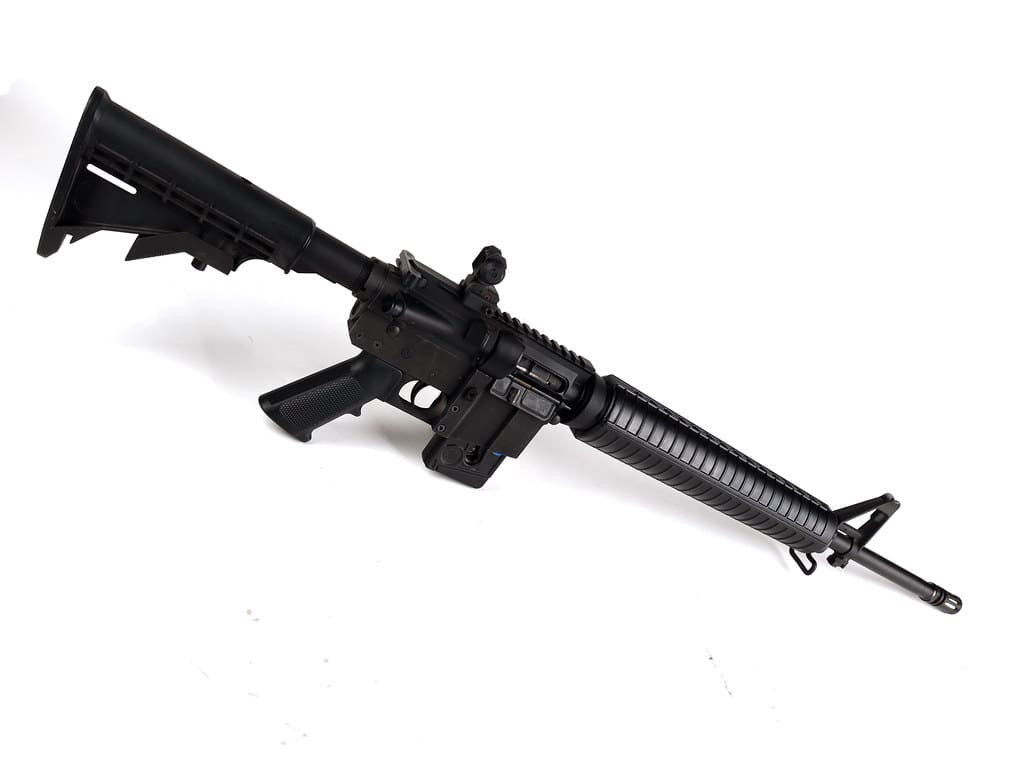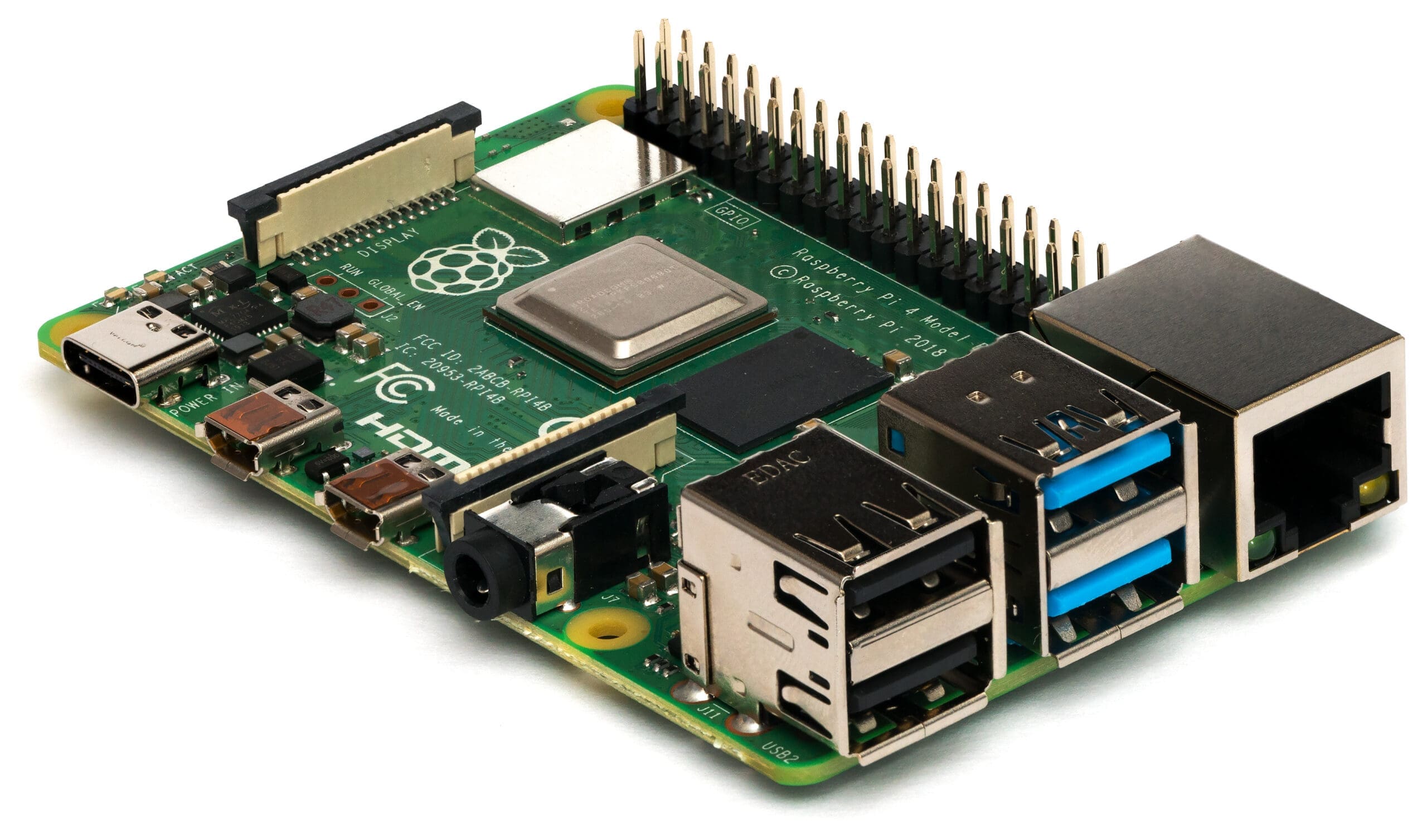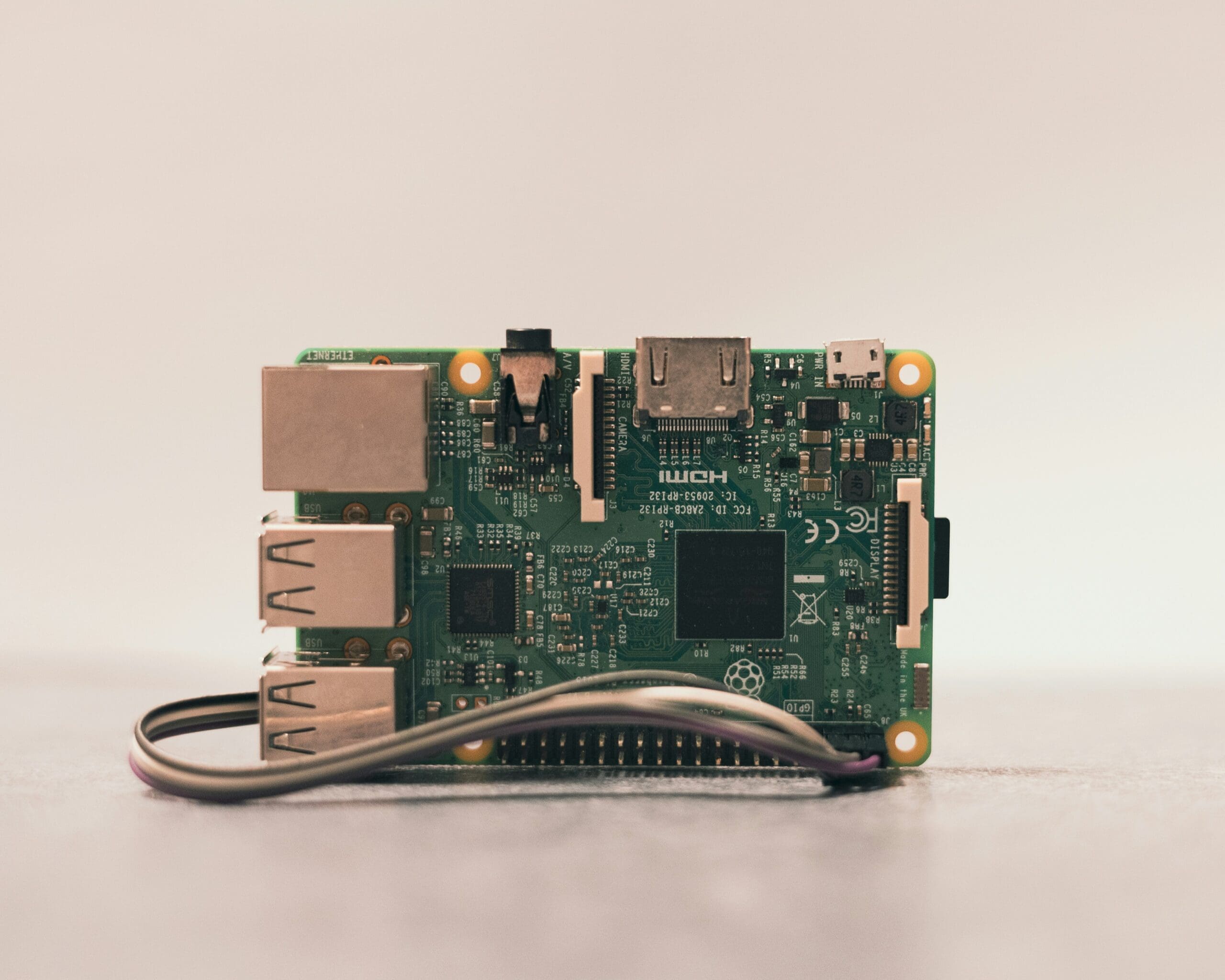Military engineering involves the design, construction, and maintenance of military systems and structures, from fortifications to weaponry and beyond. In recent years, 3D printing, also known as additive manufacturing, has emerged as a revolutionary tool in military engineering, offering significant advantages in terms of speed, cost, and customization. This technology allows for the on-demand production of parts and equipment, potentially transforming logistics and manufacturing processes within the defense sector.
The Emergence of 3D Printing in Military Engineering
Initially used for prototyping across various industries, 3D printing has rapidly gained traction in military applications due to its ability to produce complex components swiftly and locally. Its adoption has been driven by the need for efficient, cost-effective solutions in the production of military equipment and the increasing demand for lightweight, strong materials that can withstand challenging conditions.

Advantages of 3D Printing in Military Engineering
Rapid Deployment and Flexibility: 3D printing enables the rapid production of equipment and parts directly in the field, reducing the dependency on long supply chains and enhancing the flexibility of military operations.
Cost Efficiency: By minimizing waste and reducing the need for large inventories, 3D printing lowers the cost of producing and maintaining military hardware. It also reduces the logistical burden associated with transporting large amounts of equipment.
Customization and Innovation: Additive manufacturing allows for the customization of parts to meet specific operational requirements, fostering innovation in the design of military systems. This includes the development of specialized protective gear, lightweight vehicle components, and customized weaponry.
Enhanced Capabilities: 3D printing makes it possible to produce parts with complex geometries and integrated functionality that are often too difficult or expensive to manufacture with traditional methods. This can lead to improvements in the performance and durability of military equipment.
Key Applications of 3D Printing in Military Engineering
Weapon Systems and Components: From firearm components to entire unmanned aerial vehicles (UAVs), 3D printing allows for the rapid prototyping and manufacturing of various weapon systems, enabling quick iterations and modifications based on operational feedback.
Protective Gear: Advanced body armor, helmets, and other protective gear can be 3D printed to provide better fit and protection, incorporating materials designed to absorb and dissipate impact more effectively.
Spare Parts for Vehicles and Equipment: The ability to print spare parts on demand is a significant advantage, particularly in remote or conflict areas where supply lines are compromised. This capability ensures that vehicles and equipment can be maintained without the need for extensive stockpiles.
Building Materials and Structures: 3D printing can produce robust building materials and structures for use in base construction, fortifications, and field operations. This includes everything from barriers and blast walls to entire buildings made from durable, lightweight materials.

Challenges in 3D Printing for Military Engineering
Material Limitations: While 3D printing offers a variety of material options, finding materials that meet all the military specifications for durability, heat resistance, and ballistic protection remains challenging.
Security Concerns: The digital nature of 3D printing files poses security risks, as designs could be intercepted or replicated. Ensuring the security of 3D printing data is crucial to prevent unauthorized access to sensitive military technology.
Technical and Logistical Integration: Integrating 3D printing into existing military manufacturing and logistics frameworks requires significant changes, including training personnel, establishing new protocols, and adapting supply chains.
Regulatory and Standardization Issues: Military equipment must meet stringent regulatory standards, and establishing standards for 3D printed components involves extensive testing and validation to ensure they can reliably perform under combat conditions.
Future Directions in 3D Printing for Military Engineering
The future of 3D printing in military engineering is promising, with continuous advancements in technology, materials, and processes. Innovations likely to impact this field include the development of new composite materials that provide enhanced protection and durability, and the improvement of portable 3D printers capable of operating in various field conditions. Additionally, the integration of artificial intelligence with 3D printing could further optimize the design and manufacturing processes, leading to smarter, more responsive military systems.
3D printing is poised to revolutionize military engineering by providing innovative solutions that enhance the capabilities and efficiency of defense operations. As the technology evolves, it promises to deepen its impact, offering more sophisticated, efficient, and cost-effective alternatives to traditional manufacturing and logistics approaches. With ongoing advancements, 3D printing will increasingly become a strategic asset in military engineering, reshaping how armed forces are equipped and prepared for modern warfare.








